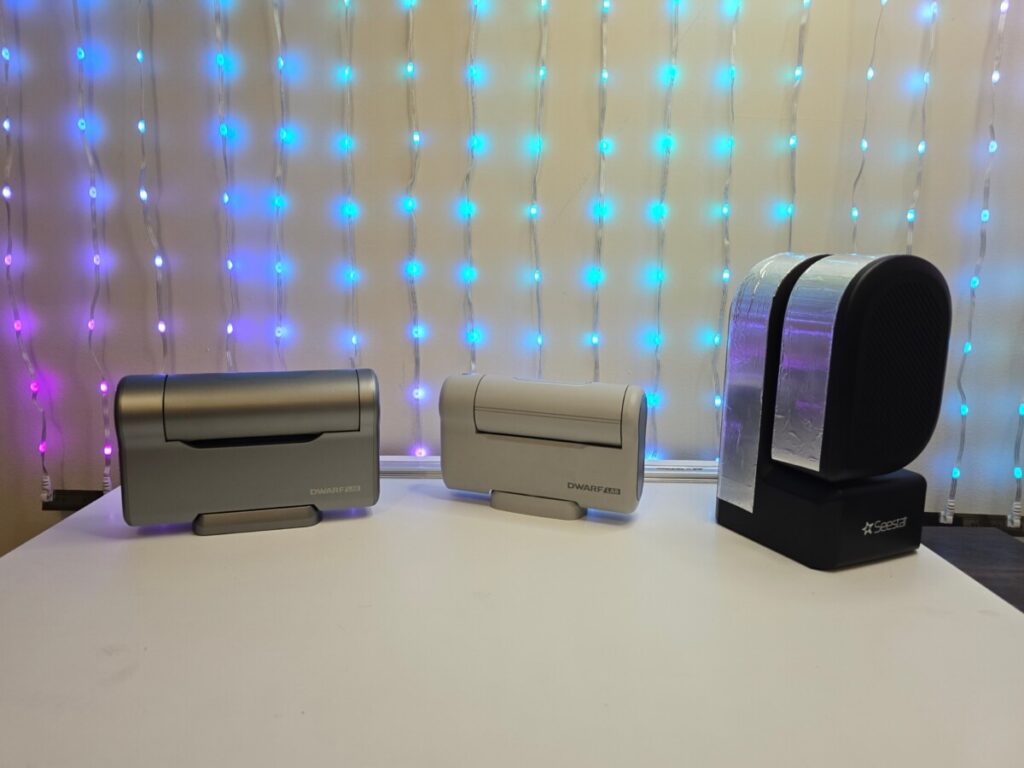
My Smart Telescope Journey: Seestar S50, Dwarf 3, and Dwarf 2
I’ve been fascinated by astronomy for as long as I can remember, and the advent of smart telescopes has made exploring the cosmos more accessible than ever. I’ve had the pleasure of owning and using three different models: the Seestar S50, the Dwarf 3, and the Dwarf 2. Each has its own strengths and weaknesses, and I’m excited to share my experiences with you.
Dwarf 2: My First Smart Telescope
The Dwarf 2 was my introduction to the world of smart telescopes. It’s a compact and portable device, perfect for beginners. The user interface is straightforward, and the telescope’s ability to automatically locate and track celestial objects made it incredibly easy to get started. While it might not have the most powerful optics or the most extensive feature set, the Dwarf 2 is a great way to get started with astronomy.
Dwarf 3: A Significant Upgrade
My latest acquisition is the Dwarf 3, and it represents a significant step up from the Dwarf 2. The image quality is noticeably better, thanks to its improved optics and larger aperture. The Dwarf 3 also boasts a wider field of view, allowing me to capture more expansive shots of the night sky. The tracking accuracy is also impressive, ensuring that objects remain centered in the frame even during long exposures.
Seestar S50: A Different Approach
The Seestar S50 takes a slightly different approach to smart telescope design. It’s a more integrated unit, with the optics and mount housed in a single compact body. This makes it incredibly portable and easy to set up. The Seestar S50 also excels in astrophotography, with its built-in camera and image processing capabilities. It’s capable of producing stunning images of the night sky, and its user-friendly app makes it easy to share your creations with others.
Pros and Cons: Dwarf 3 vs. Seestar S50
While I appreciate all three telescopes, the Dwarf 3 and Seestar S50 are the two I use most often. Here’s a quick comparison of their pros and cons:
Dwarf 3
- Pros: Superior optics, wider field of view, excellent tracking accuracy.
- Cons: Larger and less portable than the Seestar S50.
Seestar S50
- Pros: Compact and highly portable, integrated design, excellent astrophotography capabilities.
- Cons: Smaller aperture than the Dwarf 3, narrower field of view.
Conclusion
Choosing the right smart telescope depends on your individual needs and preferences. If portability is paramount, the Seestar S50 is an excellent choice. If image quality and a wider field of view are more important, the Dwarf 3 is the way to go. No matter which telescope you choose, I encourage you to get out there and explore the wonders of the night sky!